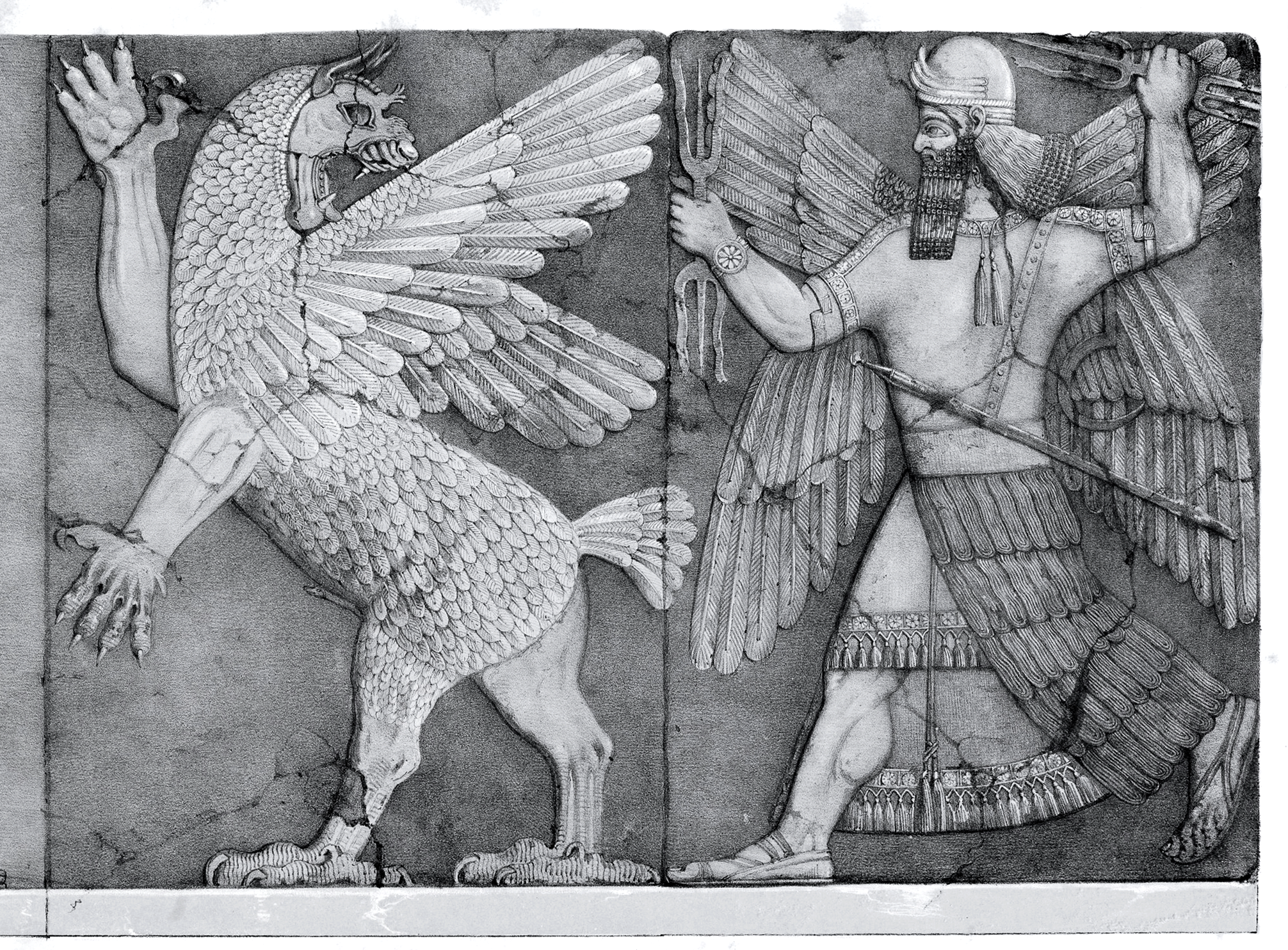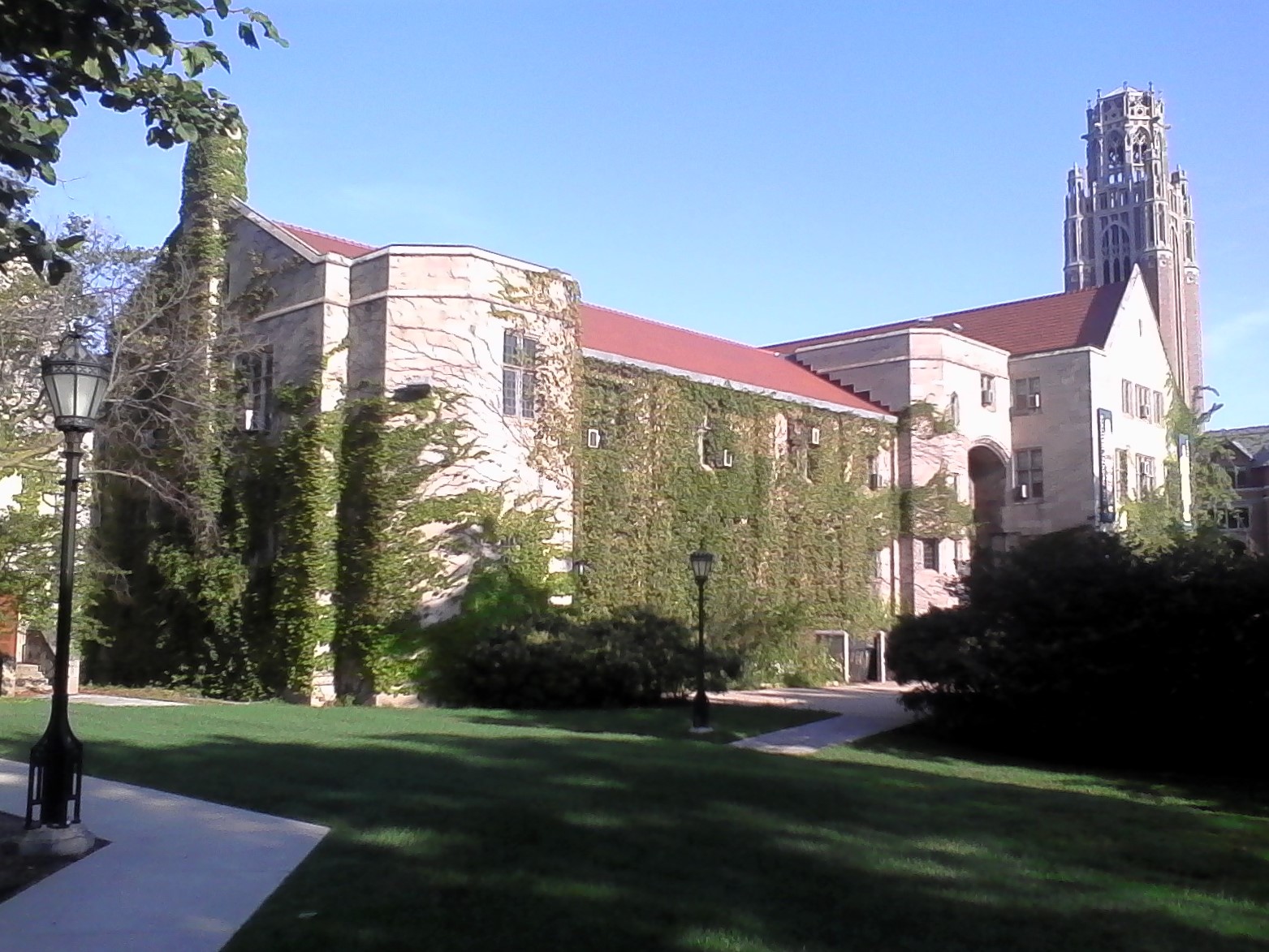|
Matthew Stolper
Matthew Wolfgang Stolper is Professor of Assyriology and the John A. Wilson Professor of Oriental Studies in the Oriental Institute, Chicago, Oriental Institute at the University of Chicago. He received a B.A. from Harvard in 1965, an M.A. from the University of Michigan in 1967, and a Ph.D. from the University of Michigan in 1974. File:M.W.Stolper in his office at the Oriental Institute.jpg, Stolper transliterating Persepolis Fortification tablets in his office at the Oriental Institute. Professor Stolper's earlier interests centered on Babylonian legal texts, but his current work involves the Persepolis Fortification Archive, Persepolis Fortification Project. He and a team of student employees are currently racing to document the Persepolis Fortification Archive, a collection of Achaemenid administrative records from Persepolis written mostly in Elamite (though a Greek and, surprisingly, an Old Persian tablet have been discovered). His publications are numerous, including: ''Th ... [...More Info...] [...Related Items...] OR: [Wikipedia] [Google] [Baidu] [Amazon] |
Assyriology
Assyriology (from Greek , ''Assyriā''; and , ''-logia''), also known as Cuneiform studies or Ancient Near East studies, is the archaeological, anthropological, historical, and linguistic study of the cultures that used cuneiform writing. The field covers Pre Dynastic Mesopotamia, Sumer, the early Sumero-Akkadian city-states, the Akkadian Empire, Ebla, the Akkadian and Imperial Aramaic speaking states of Assyria, Babylonia and the Sealand Dynasty, the migrant foreign dynasties of southern Mesopotamia, including the Gutians, Amorites, Kassites, Arameans, Suteans and Chaldeans. Assyriology can be included to cover Neolithic pre-Dynastic cultures dating to as far back as 8000 BC, to the Islamic Conquest of the 7th century AD, so the topic is significantly wider than that implied by the root "Assyria". The large number of cuneiform clay tablets preserved by these Sumero-Akkadian and Assyro-Babylonian cultures provide an extremely large resource for the study of the period. Th ... [...More Info...] [...Related Items...] OR: [Wikipedia] [Google] [Baidu] [Amazon] |
University Of Michigan Alumni
A university () is an educational institution, institution of tertiary education and research which awards academic degrees in several Discipline (academia), academic disciplines. ''University'' is derived from the Latin phrase , which roughly means "community of teachers and scholars". Universities typically offer both undergraduate education, undergraduate and postgraduate education, postgraduate programs. The first universities in Europe were established by Catholic Church, Catholic monks. The University of Bologna (), Italy, which was founded in 1088, is the first university in the sense of: *being a high degree-awarding institute. *using the word (which was coined at its foundation). *having independence from the ecclesiastic schools and issuing secular as well as non-secular degrees (with teaching conducted by both clergy and non-clergy): grammar, rhetoric, logic, theology, canon law and notarial law.Hunt Janin: "The university in medieval life, 1179–1499", McFarland, 2 ... [...More Info...] [...Related Items...] OR: [Wikipedia] [Google] [Baidu] [Amazon] |
Harvard University Alumni
The list of Harvard University alumni includes notable graduates, professors, and administrators affiliated with Harvard University. For a list of notable non-graduates of Harvard, see the list of Harvard University non-graduate alumni. For a list of Harvard's presidents, see President of Harvard University. Eight Presidents of the United States have graduated from Harvard University: John Adams, John Quincy Adams, Rutherford B. Hayes, John F. Kennedy, Franklin Delano Roosevelt, Theodore Roosevelt, George W. Bush, and Barack Obama. Bush graduated from Harvard Business School, Hayes and Obama from Harvard Law School, and the others from Harvard College. Over 150 Nobel Prize winners have been associated with the university as alumni, researchers or faculty. Nobel laureates Pulitzer Prize winners ... [...More Info...] [...Related Items...] OR: [Wikipedia] [Google] [Baidu] [Amazon] |
Living People
Purpose: Because living persons may suffer personal harm from inappropriate information, we should watch their articles carefully. By adding an article to this category, it marks them with a notice about sources whenever someone tries to edit them, to remind them of WP:BLP (biographies of living persons) policy that these articles must maintain a neutral point of view, maintain factual accuracy, and be properly sourced. Recent changes to these articles are listed on Special:RecentChangesLinked/Living people. Organization: This category should not be sub-categorized. Entries are generally sorted by family name In many societies, a surname, family name, or last name is the mostly hereditary portion of one's personal name that indicates one's family. It is typically combined with a given name to form the full name of a person, although several give .... Maintenance: Individuals of advanced age (over 90), for whom there has been no new documentation in the last ten ... [...More Info...] [...Related Items...] OR: [Wikipedia] [Google] [Baidu] [Amazon] |
Iranologists
Iranian studies ( '), also referred to as Iranology and Iranistics, is an interdisciplinary field dealing with the research and study of the civilization, history, literature, art and culture of Iranian peoples. It is a part of the wider field of Oriental studies. Iranian studies is broader than and distinct from Persian studies, which is the study of the modern Persian language and literature specifically. The discipline of Iranian Studies focuses on broad trends in culture, history, language and other aspects of not only Persians, but also a variety of other contemporary and historical Iranian peoples, such as Kurds, Lurs, Gilakis, Talysh, Tajiks, Pashtuns, Ossetians, Baluchis, Scythians, Sarmatians, Alans, Parthians, Sogdians, Bactrians, Khwarazmians, and Mazandaranis. In medieval Iran The medieval Persian poet Ferdowsi, author of the Iranian national epic the ', can be considered the founder of Iranian studies in the sense that in his work he made a deliberate ... [...More Info...] [...Related Items...] OR: [Wikipedia] [Google] [Baidu] [Amazon] |
American Assyriologists
American(s) may refer to: * American, something of, from, or related to the United States of America, commonly known as the "United States" or "America" ** Americans, citizens and nationals of the United States of America ** American ancestry, people who self-identify their ancestry as "American" ** American English, the set of varieties of the English language native to the United States ** Native Americans in the United States, indigenous peoples of the United States * American, something of, from, or related to the Americas, also known as "America" ** Indigenous peoples of the Americas * American (word), for analysis and history of the meanings in various contexts Organizations * American Airlines, U.S.-based airline headquartered in Fort Worth, Texas * American Athletic Conference, an American college athletic conference * American Recordings (record label), a record label that was previously known as Def American * American University, in Washington, D.C. Sports teams S ... [...More Info...] [...Related Items...] OR: [Wikipedia] [Google] [Baidu] [Amazon] |
Schrödinger's Cat
In quantum mechanics, Schrödinger's cat is a thought experiment concerning quantum superposition. In the thought experiment, a hypothetical cat in a closed box may be considered to be simultaneously both alive and dead while it is unobserved, as a result of its fate being linked to a random Subatomic particle, subatomic event that may or may not occur. This experiment, viewed this way, is described as a paradox. This thought experiment was devised by physicist Erwin Schrödinger in 1935 in a discussion with Albert Einstein to illustrate what Schrödinger saw as the problems of the Copenhagen interpretation of quantum mechanics. In Schrödinger's original formulation, a cat, a flask of poison, and a radioactive source are placed in a sealed box. If an internal radiation monitor such as a Geiger counter detects radioactivity (a single atom decaying), the flask is shattered, releasing the poison, which kills the cat. If no decaying atom triggers the monitor, the cat remains alive. ... [...More Info...] [...Related Items...] OR: [Wikipedia] [Google] [Baidu] [Amazon] |
Latke–Hamantash Debate
The Latke–Hamantash Debate is a deliberately humorous academic debate about the relative merits and meanings of these two items of Ashkenazi Jewish cuisine. The debate originated at the University of Chicago in 1946 and has since been held annually. Subsequent debates have taken place at several other universities. Participants in the debate, held within the format of a symposium, have included past University of Chicago president Hanna Holborn Gray, philosopher Martha Nussbaum, former Council of Economic Advisers Chairman Austan Goolsbee, Nobel Prize winners Milton Friedman, George Stigler, Leon M. Lederman, and essayist Allan Bloom. A compendium of the debate, which has never been won, was published in 2005. Background and history A latke is a kind of potato pancake traditionally eaten during the Jewish holiday of Hanukkah. Fried in oil, latkes commemorate the holiday miracle in which one day's worth of oil illuminated the temple for eight days. Hamantashen are triangular bak ... [...More Info...] [...Related Items...] OR: [Wikipedia] [Google] [Baidu] [Amazon] |
Oriental Institute, Chicago
The Institute for the Study of Ancient Cultures, West Asia & North Africa (ISAC), formerly known as the Oriental Institute, is the University of Chicago's interdisciplinary research center for ancient Near Eastern studies and archaeology museum. Established in 1919, it was founded for the university by Egyptology and ancient history professor James Henry Breasted with funds donated by John D. Rockefeller Jr. It conducts research on ancient civilizations throughout the Near East, including at its facility, Chicago House, in Luxor, Egypt. The institute also publicly exhibits an extensive collection of artifacts related to ancient civilizations and archaeological discoveries at its on-campus building in Hyde Park, Chicago. According to anthropologist William Parkinson of the Field Museum, the ISAC's highly focused "near Eastern, or southwest Asian and Egyptian" collection is one of the finest in the world. History In the early 20th century, James Henry Breasted built up the collect ... [...More Info...] [...Related Items...] OR: [Wikipedia] [Google] [Baidu] [Amazon] |
Hamantash
A hamantash (: ''hamantashen''; also spelled ''hamantasch'', ''hamantaschen''; ''homentash'', : ''homentashn'', 'Haman pockets') is an Ashkenazi Jewish triangular filled-pocket pastry associated with the Jewish holiday of Purim. The name refers to Haman, the villain in the Purim story. In Hebrew, hamantashen are also known as (''oznei Haman''), meaning "Haman's ears". "Haman's ears" also refers to a Sephardic Purim pastry, "Orejas de Haman", thought to originate in Spain and Italy, that is made by frying twisted or rolled strips of dough. Traditionally, the dough for hamantashen was made with yeast. With the invention of baking powder during the 1840s and its wide adoption during the first half of the twentieth century, baking powder supplanted yeast, and hamantashen dough became a cookie rather than pastry dough. To shape a hamantash, a filling is placed in the center of a circle of dough, which is then either folded in half and shaped into a triangle or the sides are brought ... [...More Info...] [...Related Items...] OR: [Wikipedia] [Google] [Baidu] [Amazon] |



